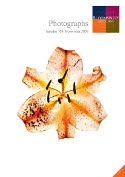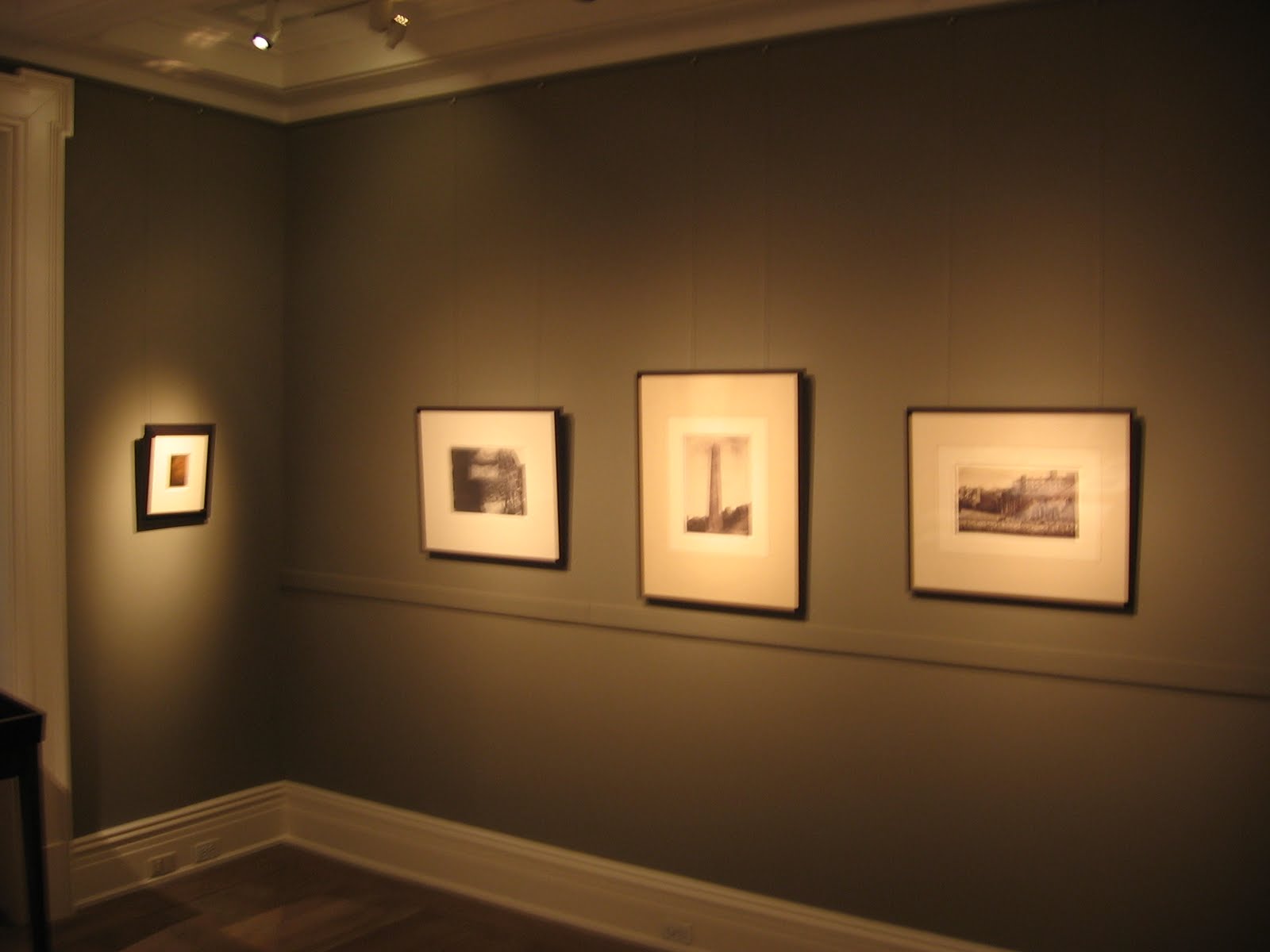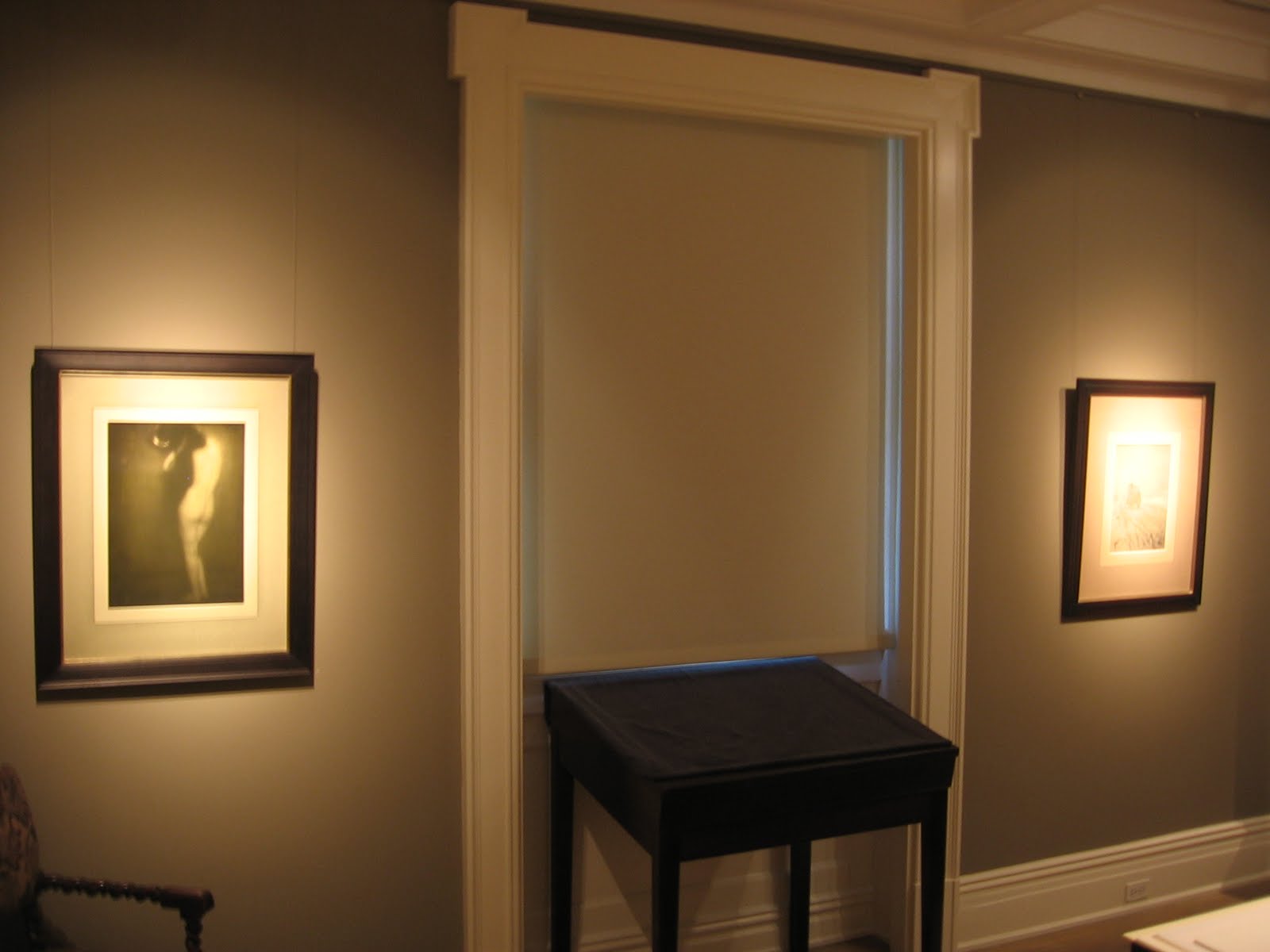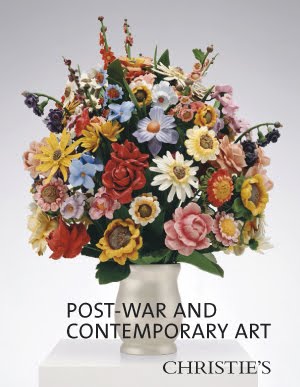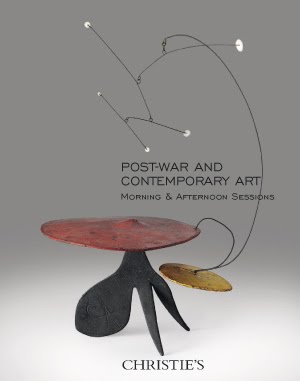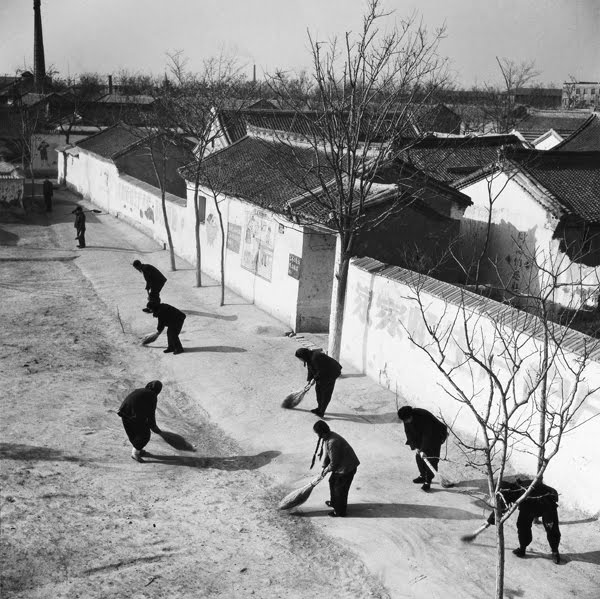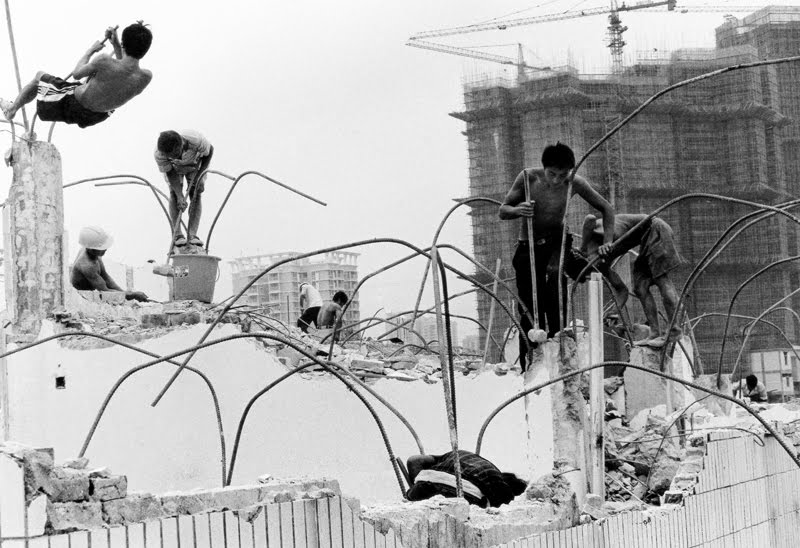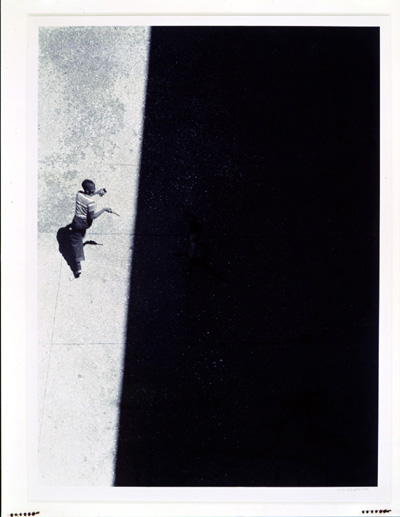 JTF (just the facts): Over 200 photographs and videos in a large group show, representing the work of 34 photographers and artists, variously framed and matted or displayed on screens, and hung on colored walls in all the galleries of the museum (both upstairs and downstairs). The exhibit was curated by Vince Aletti, Kristen Lubben, Christopher Phillips and Carol Squiers. (Maddeningly, the ICP does not allow photography in the galleries, so no installation shots are avilable for this show. Individual images have been taken from the ICP website.)
JTF (just the facts): Over 200 photographs and videos in a large group show, representing the work of 34 photographers and artists, variously framed and matted or displayed on screens, and hung on colored walls in all the galleries of the museum (both upstairs and downstairs). The exhibit was curated by Vince Aletti, Kristen Lubben, Christopher Phillips and Carol Squiers. (Maddeningly, the ICP does not allow photography in the galleries, so no installation shots are avilable for this show. Individual images have been taken from the ICP website.)
The following photographers and artists have beein included in the exhibit, with the number of images/videos on view in parentheses:
Yto Barrada (9 as 1), 2006
Valérie Belin (4), 2006
Thorsten Brinkmann (13 and installation), 2007-2008
Cao Fei (4 spreads, 2 computers), 2008-2009
Olga Chernysheva (4), 2007
Nathalie Djurberg (1 video) 2006
Stan Douglas (1), 2008
Kota Ezawa (2), 2007
Jacqueline Hassink (1 video), 2004
Hu Yang (8), 2005
Miyako Ishiuchi (14), 2000-2005
Kimsooja (1 4-channel video), 2007-2008
Silvia Kolbowski (4), 1996-present
Jeremy Kost (91 as 1), 2005
Barbara Kruger (1), 2009
Richard Learoyd (1), 2008
Kalup Linzy (3 videos), 2008
Tanya Marcuse (14), 2002-2004
Anne Morgenstern (8), 2008
Wangechi Mutu (32), 2006
Grace Ndiritu (1 video), 2006-2007
Alice O’Malley (5), 2000
David Rosetzky (1 video), 2008
Martha Rosler (1), 2006
Julika Rudelius (1 3-channel video), 2003
Cindy Sherman (2), 2007-2008
Laurie Simmons (1), 2005
Lorna Simpson (50), 2009
Hank Willis Thomas (16), 2008
Mickalene Thomas (3), 2007-2008
Milagros de la Torre (4), 2008
Janaina Tschäpe (3), 2004
Pinar Yolaçan (5), 2007
Zhou Tao (1 video), 2007-2008
Comments/Context: The ICP’s sprawling “Year of Fashion” has been a grand exercise in museum planning, with a series of interlocking exhibits that have come at the idea of fashion from a variety of vantage points. We’ve seen deep retrospectives of the fashion work of Richard Avedon (review here) and Edward Steichen (review here), a crackling collection of current fashion imagery in “Weird Beauty” (review here), a carefully edited vintage selection in “This Is Not a Fashion Photograph” (review here), and smaller shows of work by Martin Munkacsi (review here) and David Seidner (review here). “Dress Codes” is the capstone to this yearlong event, a broad triennial of contemporary work, loosely bound by the idea of clothing and its many functions and meanings.
The concept of fashion as embodied in the clothes we wear every day, and the identities we construct for ourselves out of those clothes is an almost limitless sandbox in which to play: it encompasses nearly all of portraiture, and crosses over into still life, advertising, documentary photography, and even staged tableaux. The danger here is that a large exhibit like this one could easily wander off in any number of directions and still be under the massive umbrella of “clothes”. For the most part, the curating team has done an admirable job of keeping the work within a manageable set of boundaries, but breadth inevitably brings along an uneven mix of hits, misses, and head scratchers.
While there is certainly plenty to see in this show, here are a few bodies of work worth seeking out:
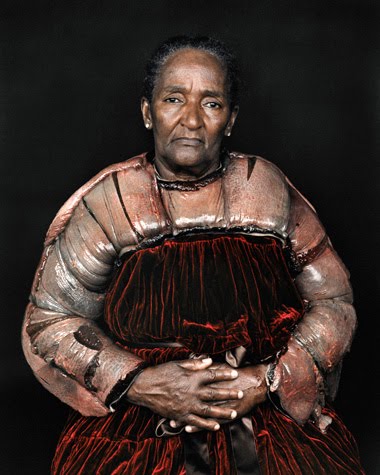 Pinar Yolaçan’s portraits of Afro-Brazilian women were the stand out images of the show for me. Severe and powerful-looking matriarchal women are adorned in heavy velvets and thick fabrics, and embellished by gelatinous necklasses and collars of animal innards and glossy organs. (Untitled (Maria), 2007, at right, middle.) The effect is simultaneously mezmerizing and revolting, with a slice of voodoo unease. Set at the top of the stairs, the installation forces you to see the set of portraits both on your way in and on your way out, and they grip your attention with memorable weirdness.
Pinar Yolaçan’s portraits of Afro-Brazilian women were the stand out images of the show for me. Severe and powerful-looking matriarchal women are adorned in heavy velvets and thick fabrics, and embellished by gelatinous necklasses and collars of animal innards and glossy organs. (Untitled (Maria), 2007, at right, middle.) The effect is simultaneously mezmerizing and revolting, with a slice of voodoo unease. Set at the top of the stairs, the installation forces you to see the set of portraits both on your way in and on your way out, and they grip your attention with memorable weirdness.
Olga Chernysheva’s large scale black and white head shot images of Moscow metro workers are much more subtle. Bored and idle men and women in offical hats and uniforms gaze vacantly outside the frames of the pictures, presumably watching video monitors. A heavy weight of monotony and dullness engulfs everything around them. I found these works unusually captivating; the wide open eyes of the watchers contrast bitingly with the mind numbing drudgery of sitting in an ill fitting, throwback outfit and watching surveillance video all day long.
Mickalene Thomas’ funky 1970s Blaxploitation scenes are full of regal women lounging on couches, surrounded by animal prints and clashing patterns. (Portrait of Qusuquzah, 2008, at right, bottom.) These large color portraits have both an over-the-top eye-catching fabulousness and a deeper undercurrent of defiance.
Thorsten Brinkmann’s installation of found objects is the perfect setting for his puzzling portraits. His sitters are dressed in odd assortments of bizarre materials (a vase over the head, lampshades, flower pots, cast off clothing, furs and crocheted capes) and staged in formal poses that recall the traditions of European art history. I liked their seeming unwillingness to divulge their secrets.
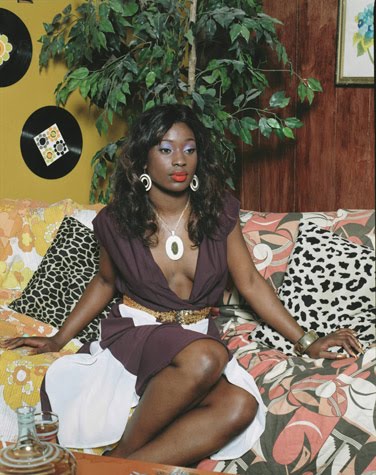 And finally, Cindy Sherman’s wild send-ups of fashionistas are refreshingly on target. (Untitiled, 2007-2008, at right, top). The images include several versions of herself, in various riffs on hair, sunglasses and clothing, all vamping for the camera with unadulterated glee. Like her most recent work of older society women, the satire in these works is spot on.
And finally, Cindy Sherman’s wild send-ups of fashionistas are refreshingly on target. (Untitiled, 2007-2008, at right, top). The images include several versions of herself, in various riffs on hair, sunglasses and clothing, all vamping for the camera with unadulterated glee. Like her most recent work of older society women, the satire in these works is spot on.
I’m not sure that a show like this one can ever hope to definitively answer questions about how we define ourselves or how we express individuality via fashion. At best, it can provide a snapshot of some of the areas of inquiry contemporary photographers are exploring and seek patterns and connections that resolve into some larger picture of our times. Overall, this is an exhibit well worth wading into, an expansive sampler with a better than average proportion of thought-provoking work.
Collector’s POV: Since our collection has no portraits in it, this show wasn’t a great fit for images that we would be enticed to add any time soon. That said, we were particularly impressed by the work of the handful of photographers mentioned specifically above. Gallery representatives for those photographers are:
- Thorsten Brinkmann: Catharine Clark Gallery in San Francisco (here)
- Olga Chernysheva: Foxy Production in New York (here)
- Cindy Sherman: Metro Pictures in New York (here)
- Mickalene Thomas: Lehmann Maupin in New York (here)
- Pinar Yolaçan: was Rivington Arms in New York (here); not sure who it is now
Rating: ** (two stars) VERY GOOD (rating system described here).
Transit Hub:
- Reviews: NY Times (here), Artinfo (here)
- Mickalene Thomas: artist site (here)
- Olga Chernysheva: Frieze magazine review (here)
- Pinar Yolaçan: NY Times feature (here)
- Thorsten Brinkmann: Goethe Institut feature (here)
Dress Codes: The Third ICP Triennial of Photography and Video
Through January 17th
International Center of Photography
1133 Avenue of the Americas
New York, NY 10036
Phillips is last in line in the Contemporary Art sales this Fall season. While the two sales have Phillips’ usual complement of fresh contemporary work, there are few “lightning rod” pictures on offer; many top names are represented, but the works available are mostly second tier. There are 5 photographic lots in Part I (Evening); the rest of the contemporary photographs can be found in Part II (Day). There are a total of 60 photography lots for sale across the two auctions, with a Total High Estimate of $2436000. (Catalog covers at right, via Phillips.)
